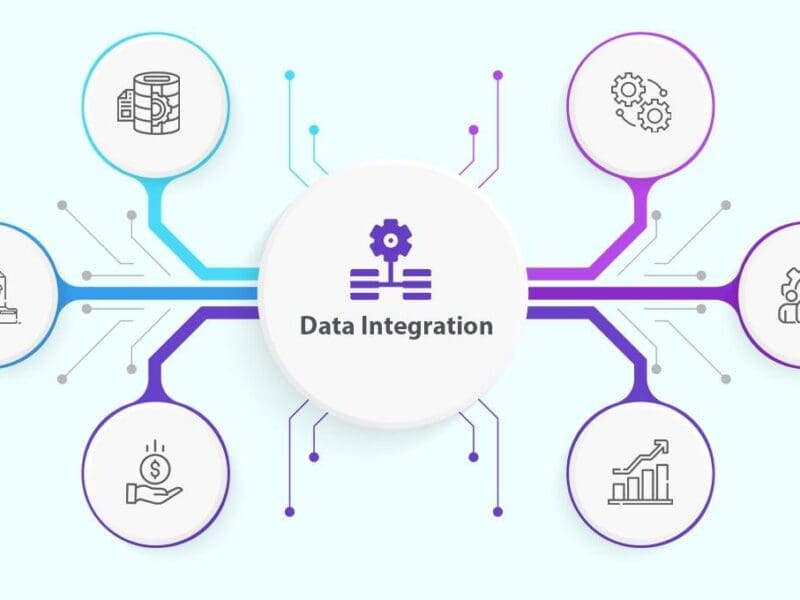
If Love Is Blind, Is Digital Intimacy?
A poll conducted by the team at Magnet, a social discovery chat game that welcomes users into a 2D virtual world, has found that 83% of its users would rather have sex than eat. This is a significant finding, as it indicates that sexual attraction is one of the most powerful forces in our lives. The study was conducted via Magnet’s Daily Buzz feature, where 1,000 users of the app were asked to choose between having sex or eating their favorite food. The results were overwhelmingly in favor of sex.
Although created to help engage users in meaningful conversation, Magnet’s findings have implications for our understanding of human behavior and motivation. Most significantly, the findings contradict the conventional wisdom that put food and water at the top of our basic needs. Anyone that has studied Maslow’s hierarchy of needs knows that basic physiological needs such as food and water, shelter, and sexual gratification are our foundational needs. When these needs are not satisfied, they can get in the way of an individual’s happiness and overall wellness.

Contradicting Conventional Wisdom
Among our foundational needs, many experts believe that when faced with a decision between sex and food, people will almost always choose food. The logic behind this is that satisfying hunger is a more immediate need and is required for sustenance and survival, whereas sex is not an immediate necessity for survival. But if that’s the case, why did so many people choose sex over food in Magnet’s poll? The reason for the discrepancy can be found in the way our brains operate.
The need for sex and the need for food operate on different systems in the brain. While the need for food is more physiological and instinctual, the need for sexual gratification is more emotional and psychological. When people are hungry, their brains send signals to eat, and they respond by seeking food. In contrast, sexual desire is provoked by outside stimuli, such as a scent, a visual cue, or a touch, which the brain responds to by releasing dopamine.
According to KJ Dhaliwal, Chief Strategy Officer of Social Discovery Group and SDG Lab, the way we prioritize which of our brain’s signals to act on is situational. In other words, the choice between sex and food can vary depending on the individual’s circumstances.
“Food may be prioritized over sex in a starving and desperate environment,” said Dhaliwal. “Similarly, one may choose to indulge in sex over food if they are trying to lose weight. These circumstances show how flexible and individualized Maslow’s hierarchy of needs can be.”
It’s essential to note that the choice between sex and food is not always mutually exclusive. In some cases, an individual can find a way to satisfy both desires simultaneously, such as by having a sensual meal or by incorporating food into sexual play. The interplay between the two needs can also provide insight into an individual’s emotional state, such as using food as a coping mechanism for emotional distress.

On a Quest for Intimacy, Dating Can Be Blind
In addition to its research about the human need for sex, the team at Magnet is also proving that sexual desire can be provoked by more than just a picture. The app is fulfilling a real need in the marketplace by helping people connect with others looking for sexual intimacy in a whole new way. Unlike traditional dating apps and games that rely on profile pics, this innovative platform emphasizes meaningful conversations over swipes and likes to cultivate real relationships between users. Progress in the game rests solely on effective communication, providing an exciting twist on the often-superficial dating game.
“With Magnet, we’re focused on creating an engaging experience transcending physical appearances,” says Dhaliwal. “Our goal is to foster meaningful connections between people based on their personalities, above all else. And so far, Magnet is proving that love can truly be blind.”
When users join Magnet, they create a cartoon avatar to represent them on their journey. This avatar can be customized to fit each user’s individual style and preferences for how they want to be portrayed digitally. Communication then plays a key role in progressing through the game. And the driving force behind this communication is Magnet’s feature called “Daily Buzz.”

A Daily Buzz of Intimacy
Every morning, each user receives a trending, hot icebreaker question to help make a connection. The questions range from light-hearted topics such as “Do you believe aliens exist?” to serious ones like “Are we about to see the end of TikTok in America?” These icebreaker questions help foster connections between people looking for deep and meaningful conversations. And if two people find common ground and vibe with each other, they get the opportunity to see each other’s real photos, which is something that sets Magnet apart from other apps.
“The Daily Buzz feature encourages meaningful conversations that start from genuine interest for one another’s personalities,” added Dhaliwal. “We wanted to create an environment where people can express themselves freely without fear of judgment or ridicule. We believe we have achieved this with our unique features and design.”
For those interested in the minds behind Magnet, the app was developed by the team at Social Discovery Group’s SDG Lab. Social Discovery Group, which owns Dating.com, is a global tech company uniting more than 40 brands, an investment fund, and the SDG Lab venture studio, which builds, acquires, and tests ideas for new products to help shape social life 3.0. SDG Lab’s apps include XOXO, Magnet, Tubit, Bam Bam, and other products based on new communication principles, focusing on video streaming, AI technologies, and game mechanics.

Final Thoughts
In conclusion, Maslow’s Hierarchy of Needs plays a central role in our decision-making process when it comes to fulfilling our basic physiological needs for food and sex. While food is typically considered a priority over sex as an immediate survival necessity, there are instances where sex may take precedence.
In any case, the interaction between these two basic physiological needs can provide an understanding into an individual’s emotional state and well-being. As we navigate our way through life, understanding this interplay may help us better recognize and prioritize our needs.







